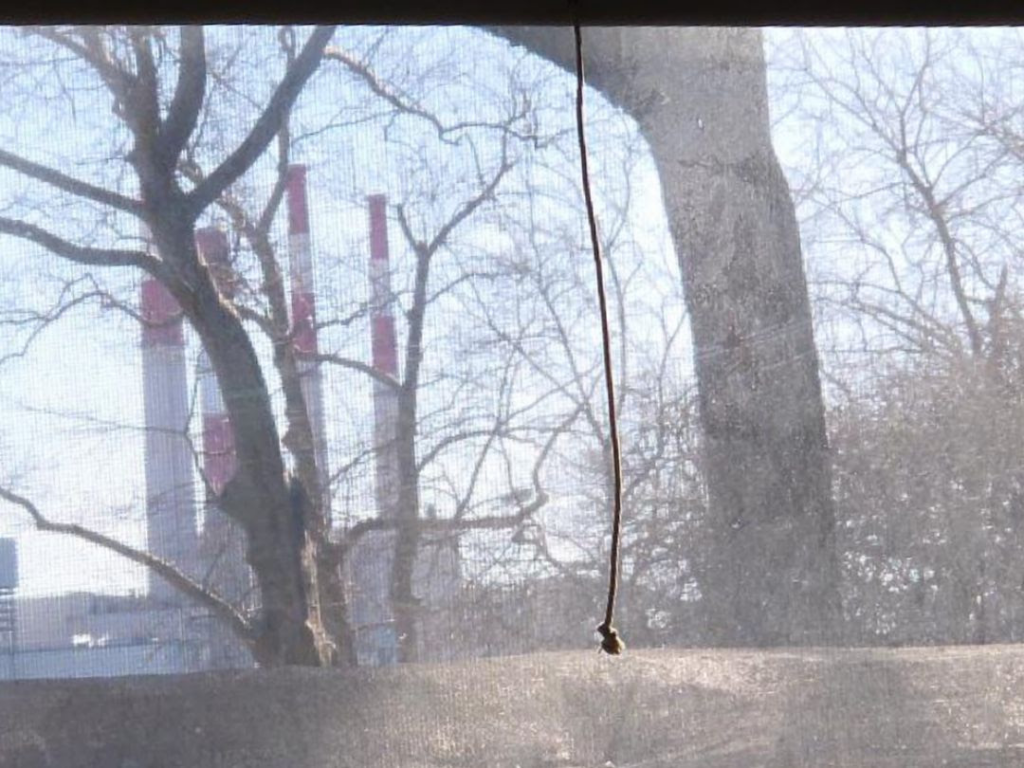Friday, March 28, 2025 – Some relics of the past remain


Two lovely subway station
“head houses”
from the early 1900s
that are still part of the cityscape
FRIDAY, MARCH 28, 2025
EPHEMERAL NEW YORK
The New York City subway recently celebrated its 120th birthday. With such an impressive life span, it’s realistic to expect that many features of the original stations have been altered, removed, destroyed, or otherwise lost to the ages.

But occasionally you come across a subway station that has been strangely left alone or only slightly renovated over the decades. Case in point is this head house for the Bowling Green 4 and 5 train station at Battery Park.
What’s a head house? Also called a control house, it’s the official term for a subway entrance that’s more of a structure than simply a kiosk with a staircase. Many early subway stations in New York had beautiful decorative kiosks, though sadly none survive today. (That one at Astor Place is a recreation).

New York City’s original head houses were designed to be ornate and decorative; the idea was that taking the subway should be an experience enhanced by artistic beauty wherever possible.
Built in 1905, the Bowling Green head house is the work of the architectural firm of Heins & LaFarge, states the Landmarks Preservation Commission. This storied firm was hired to design all of the IRT stations that opened in the early 1900s.

If you’ve ever seen interior images of the long-closed City Hall station, then you’ve seen the beauty that Heins & LaFarge created for New Yorkers.
A lovely little building of yellow brick, limestone, and granite, this head house with its gables and “bulls-eye” designs on each end remind me of the Flemish-style architecture of the city’s earliest colonial settlers. I imagine Heins & LaFarge designed it this way to pay homage to Gotham’s beginnings.

A few other head houses from the original IRT stations survive as well. One is the head house at West 72nd Street, which dates to 1904, according to another Landmarks Preservation Commission designation report.
The West 72nd Street head house (third photo) looks similar to Bowling Green; it’s described as “Flemish Renaissance style” and was also designed by Heins & LaFarge, per the report.
A third head house sits on Atlantic Avenue in Brooklyn, or at least I remember one there last time I visited. Please don’t tell me it’s been demolished!
PHOTO OF THE DAY
COLER A BUILDING VIEW FIRST FLOOR

For the last 3 weeks I have been off line, first having knee replacement surgery at NYU Orthopedic Hospital and then recovering at Coler. It has been a unique experience. Having known Coler as a Community Board member and Auxiliary member I had never been a patient. The care and attention by nursing, physical therapy and staff was great. As you can see the view from my room was rather dreary.
I will say more about Coler in days to come. I am home, walker and all. ready to start PT and enjoy spring on the island.
Thanks to everyone called, visited and made my days go faster.
Judy Berdy
CREDITS
EPHEMERAL NEW YORK
Tags: Bowling Green Subway Control House, Bowling Green Subway Head House, Bowling Green Subway Station Battery Park, Heins & LaFarge New York City Subway Stations, Oldest Subway Entrances in New York City, West 72nd Street Subway Control House, West 72nd Street Subway Head House
Posted in Lower Manhattan, Upper West Side/Morningside Hts
All image are copyrighted (c) Roosevelt Island Historical Society unless otherwise indicated
THIS PUBLICATION FUNDED BY DISCRETIONARY FUNDS FROM CITY COUNCIL MEMBER JULIE MENIN & ROOSEVELT ISLAND OPERATING CORPORATION PUBLIC PURPOSE FUNDS.


Copyright © 2024 Roosevelt Island Historical Society, All rights reserved.Our mailing address is:
rooseveltislandhistory@gmail.com

Leave a comment